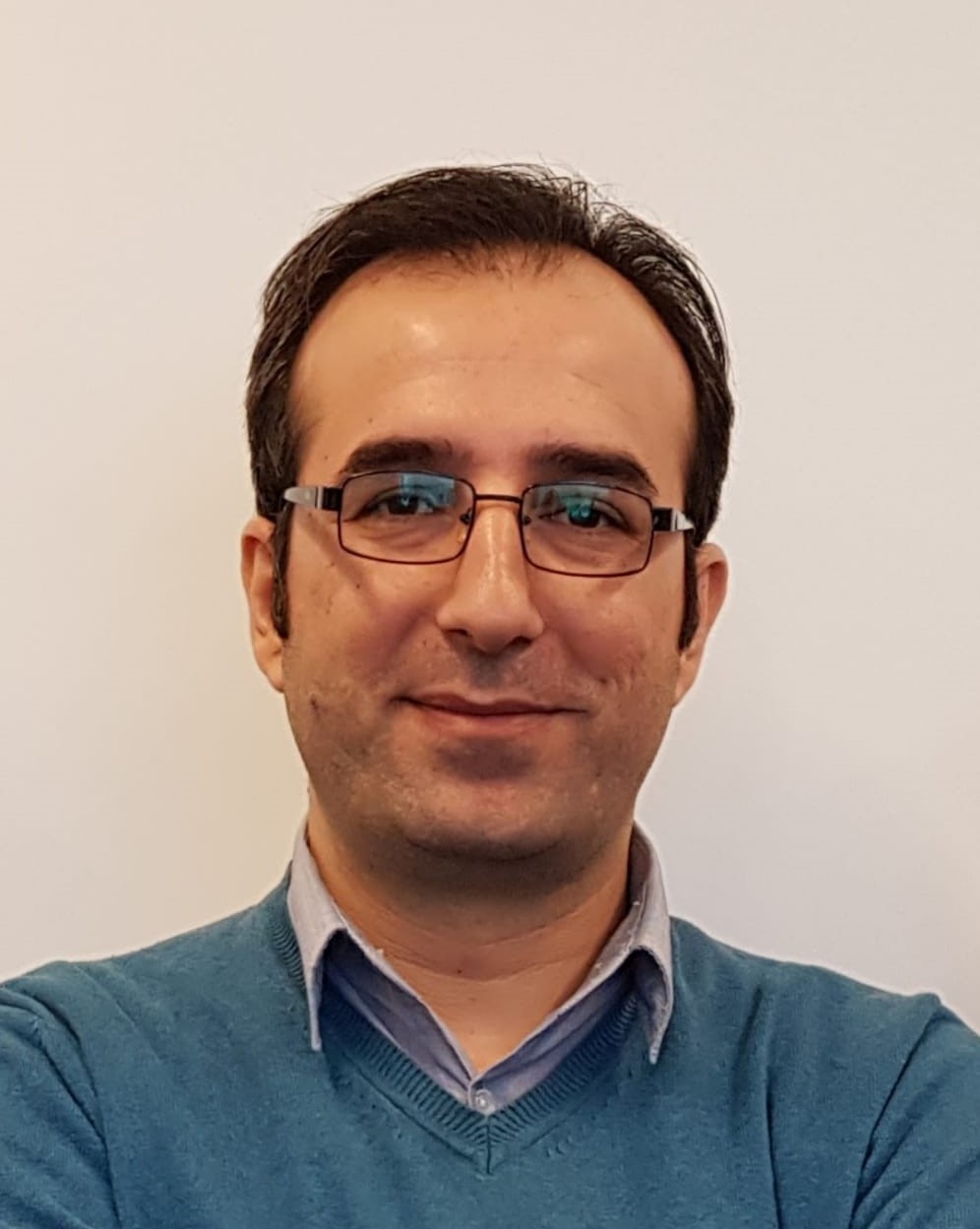The Importance of Reviving the Debate on ‘National Identity’
By Shoresh Darwish
The issue of “identity” preoccupied the late Ottoman milieu. There were those who argued that an Ottoman identity must be formulated to preserve territorial unity and protect the “eternal Ottoman state,” as was the case in the late literature of the intellectuals of Abdul Hamid II’s court, and those for whom identity took on nationalist overtones, especially with the rise of Turkish elites influenced by the nationalist glow in Europe and the promise of a new identity. Between the two movements, there was a team aiming to establish an Ottoman identity with a decentralized head that would preserve a degree of respect and acknowledgment for the state’s sub-identities while also stopping the flow of Turkification in the bureaucracy and the military.
Although the construction of an Ottoman identity was delayed due to decentralist views and the involvement of Britain and France, the concept of creating a distinct identity was postponed until after World War I. Turkey shaped itself after transitioning from the sultanate and caliphate to a republic based heavily on Turkish nationalism. By adopting its policies of ‘homogenization and assimilation,’ Kemalist Turkey eliminated the idea of a multi-ethnic state or one with two primary ethnicities (Turkish and Kurdish), comparable to the Austro-Hungarian Empire, albeit under a republican garb. After successfully neutralizing the Armenians, the Kemalists continued to seek to resolve the Kurdish question through strategies of denial, assimilation, and cultural elimination.
Turkey did not make adjustments to its national imagination in response to the idea of a new country resulting from the Lausanne Treaty of 1923. Consequently, the Turkish model became a benchmark for Arab nationalist elites in Iraq and Syria, as Mustafa Kemal Atatürk’s actions in Turkey were replicated in Syria and Iraq. According to Klaus Kreiser, the biographer of Mustafa Kemal, the abolition of the caliphate ‘did not cause an earthquake in the Islamic world; rather, Atatürk’s popularity increased among some Arab nationalists and secularists.’ In this way, Arabs felt compelled to create their own nation-state models. Despite Arab nationalist elites’ complaints about colonial partition, federalist ideas emerged just before the evacuation of British and French troops after unitary projects had been stalled for a quarter of a century, only to be revived after the end of World War II.
Syria had its share of cross-border projects In the process of forging its national identity: the Fertile Crescent, according to the vision of the Syrian National Socialist Party, or the project of union with the Hashemites, as proposed by politicians from the People’s Party, as well as rapprochement with Egypt and Saudi Arabia, according to the inclinations of the National Party, which eventually materialized and involved a dramatic separation led by Syrian Arab nationalists who proclaimed and worked for unity. This separation diminished Damascus’s presence as ‘the Piedmont of the Arabs,’ similar to what Piedmont represented during Garibaldi’s time and the Italian unification, prompting the nationally active Iraq to compete with Damascus in an attempt to achieve this ‘messianic mission,’ especially with the rise of nationalists to power on February 8, 1963.
However, the Ba’ath Party ‘in its ideological formation does not respect Egypt,’ as stated by the Syrian thinker Elias Murqus. Consequently, the future direction of unity for the Ba’athists remained a subject of internal debate, which led to ‘temporary Syria’ entering a long phase of waiting, reflecting on the construction of its self-national identity apart from the realization of Arab unity, even if in a partial manner.
Naturally, Syrian political groupings did not focus on national identity. At the very least, debates regarding Syria outside of the imagined Arab framework were cautious, as those referred to as the ‘Founding Fathers of Independence’ did not articulate clear visions for an independent Syria as a permanent state. Ironically, the oldest ‘national’ parties, the People’s Party and the National Party, both of which emerged from the ‘National Bloc,’ reflected local interests and regional competition (Aleppo and Damascus). As a result, neither party helped to establish a national identity, which was also true of the ideological parties functioning at the time. The name ‘People’s Party’ does not always refer to the Syrian people, Similarly, the title ‘National’ in the National Party does not entail belonging to Syria, as evidenced by its Arab policies.
According to the constitutional definition, Syria’s identity became Arab and, to a lesser extent, Islamic, while Kurds, Syriacs, and Assyrians were removed from the circle of founding alliances and their subcultures were regarded as living tributaries to Syrian culture.
It would not be fair to blame the “Syrian national elite” for the failure to build a Syrian national identity during the brief time between independence in 1946 and Syrian-Egyptian union in 1958, which was broken by military coups that regularly disrupted the thread of civilian government. Identity building is a cumulative process that is based above all on an active parliamentary debate, an independent and stable press, and a degree of presence of sub-identities that demand the integration of their identities into a national identity to be worked on, This was not achieved before the establishment of the first two nationalist parties: the Kurdish Democratic Party on June 14, 1957, and the Assyrian Democratic Organization on July 15, 1957. It is also important to consider the short rule of separation with its ‘Arab’ face and the effects of post-Nasserism on it, along with the Ba’ath Party coup in 1963, as they are among the main factors hindering the opportunities to include the issue of identity in the public discourse and to firmly establish ‘the Arab identity of Syria’ as an unquestionable given.
According to the constitutional definition, Syria’s identity became Arab and, to a lesser extent, Islamic, while Kurds, Syriacs, and Assyrians were removed from the circle of founding alliances and their subcultures were regarded as living tributaries to Syrian culture.
The Baath Party contributed to perpetuating its perception of Syria’s identity as “part of the Arab homeland” and Syrians as “part of the Arab nation” through its literature and constitution, which contradicts even Gamal Abdel Nasser’s vision of the existence of the “peoples of the Arab nation.” For more than sixty years, the “Syrian part” has been searching for attachment to something of the “Arab whole” without succeeding in its endeavour or making a rational attempt to mitigate the rhetoric of unworkable unitary slogans. On the other hand, the clearly defined picture of an imagined Arab Syria has stifled identity conversations. According to the constitutional definition, Syria’s identity became Arab and, to a lesser extent, Islamic, while Kurds, Syriacs, and Assyrians were removed from the circle of founding alliances and their subcultures were regarded as living tributaries to Syrian culture. Similarly, Armenians and Circassians were regarded as permanent visitors, despite their existence in Syria prior to the foundation of the Syrian entity. While Armenians and Circassians, unlike Kurds and Syriacs, do not seek recognition as indigenous people, their inclusion in the Syrian cultural complex has yet to be debated.
Since March 2011, the ongoing shredding of Syria’s social fabric has given rise to renewed interest in the essence of Syrian identity. However, the theoretical effort made in this context is still subject to several negative influences, such as the perception that rethinking identity and its policies is an intellectual luxury and an attempt to define the nature of angels in a shattered country, or deferring the discussion until a democratically elected parliament can delineate the features of national identity, which carries with it fears of majority rule in both national and religious senses. Perhaps these justifications and others reflect a crisis that adds to the list of political crises in Syria.




Comments are closed.